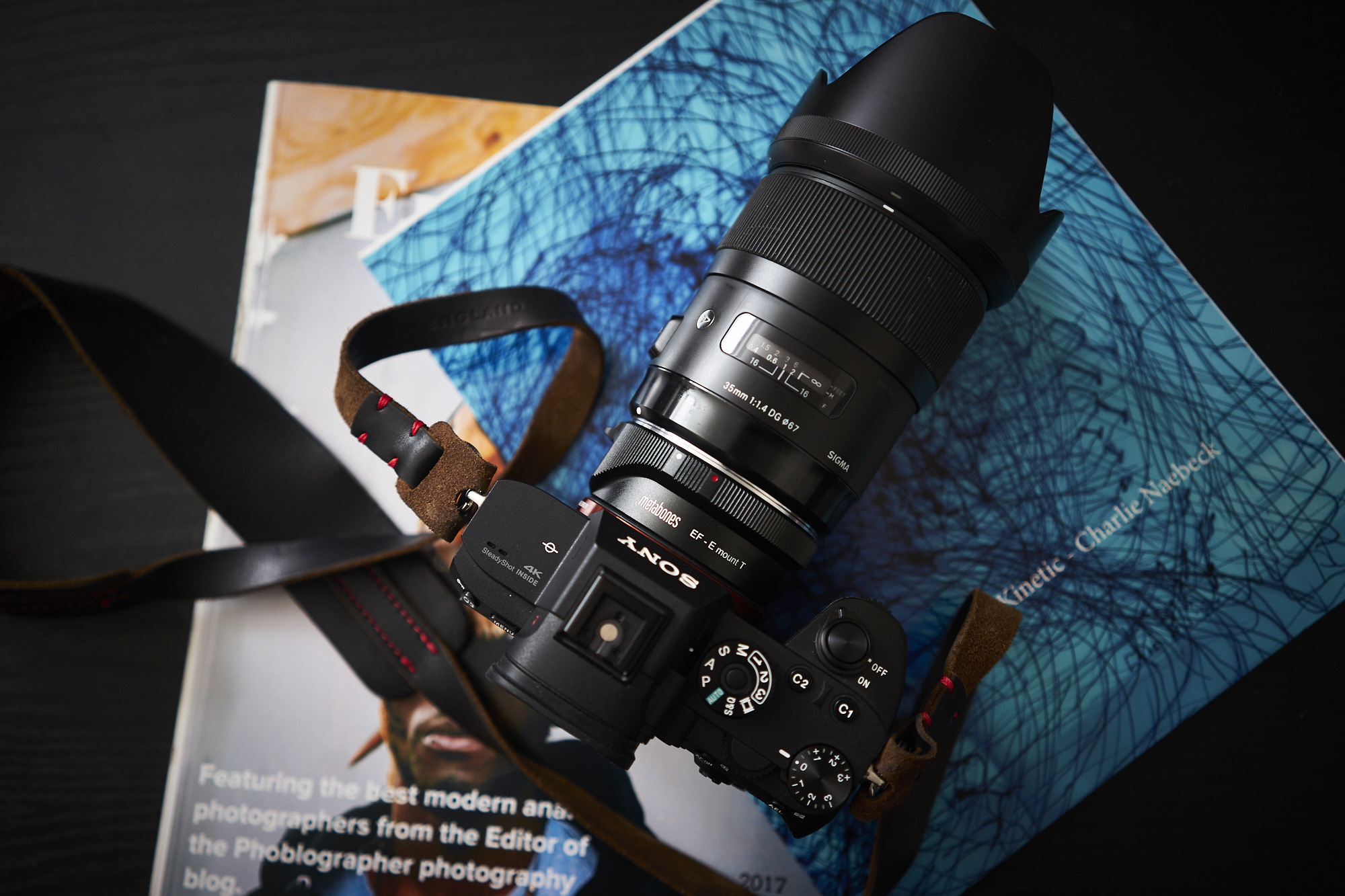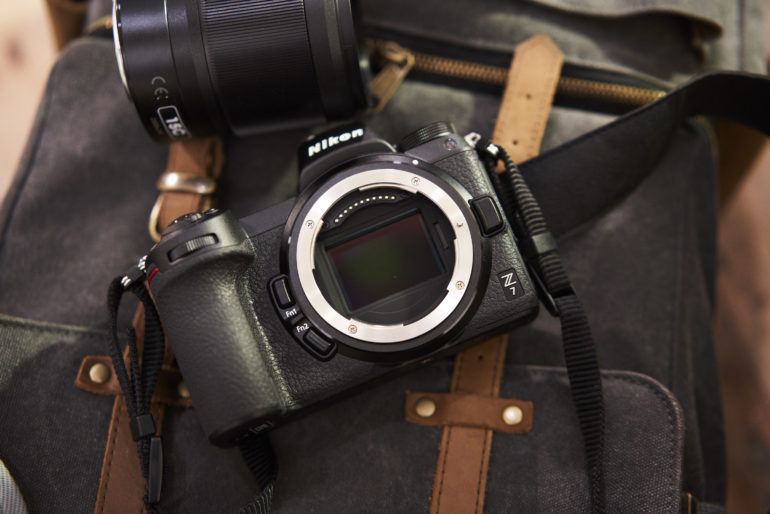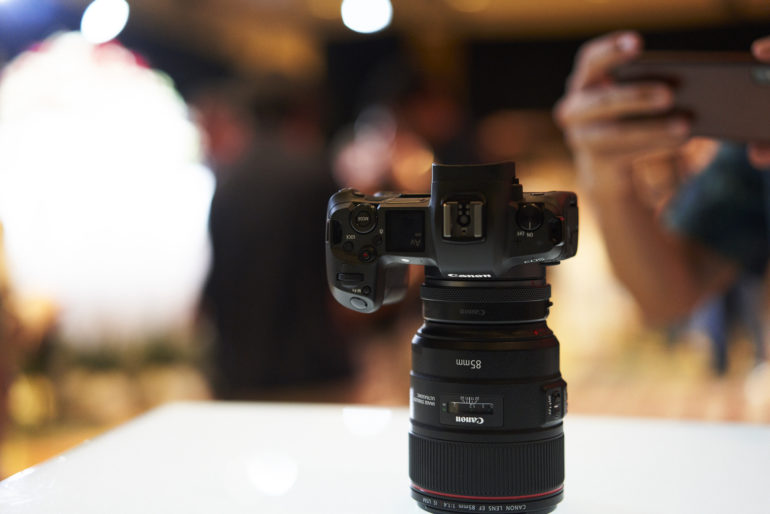Last Updated on 09/20/2018 by Mark Beckenbach
The full frame mirrorless camera finally started to creep out of its confines and it was long overdue.
The full frame mirrorless camera: I genuinely feel like in every portal, group, and forum that I step into there is a conversation about this. It’s been a long time coming. Leica was the first to the scene nearly 10 years ago with the Leica M9. Then Sony came along with the Sony a7 and Sony a7r. Heck, even Hasselblad and Fujifilm released mirrorless cameras with bigger sensors than full frame 35mm. And then this year, Nikon and Canon finally decided that they’d step up and give us the Nikon Z6, Nikon Z7, and the Canon EOS R. It’s about time: barring a few players, the world of DSLRs and APS-C cameras was starting to get kind of dull. Combine this with the fact that Apple, Google, Samsung, and Huawei are trying to give everyone a reason to not buy a bigger camera and you’ve got a photography world that needs to modernize.
I also think it fair to call 2018 the year of “Hey look at me I can do this too!” While Sony has been the clear innovation leader, I’d like to take back a statement I said many years ago. It went along the lines of “Sony gets things 80% right 100% of the time.” At this point they’ve matured in their ways and their system; they get things closer to 92% right, not including some features that they absolutely refuse to integrate due to their philosophy on things. For starters, I’m talking about menu navigation via the touchscreen because an engineer or two believes the feature to be too amateur. Nonetheless, Sony is the clear leader here and I doubt that they want to give up their hold. We’re eager to see what we get from them at Photokina 2018.
Nikon announced their Nikon Z6 and Nikon Z7; more or less are their versions of the Sony a7r III and the Sony a7 III. Granted, they’re better built than the Sony versions in nearly every way. The autofocus can be great though it suffers at times and isn’t without its faults. The menu is easier to navigate than Sony’s, the lenses are nice, and there is that damn XQD card slot. We have yet to play with the cameras for more than a day, but we’re excited to explore Nikon’s new foray. What I think is going to really be key here is how their lenses evolve and how high quality they are.
Then we have Canon, who more or less took their Canon 5D Mk IV, put it in a mirrorless rendition of a Canon 6D Mk II, and did little to innovate. However, I should note that they surely did innovate; there are features there that no one else has like the magic touch bar and the fact that the shutter comes down over the sensor when the camera is turned off to protect the sensor. It’s the little things that Canon is doing right, but as I’ve said before, the camera itself isn’t going to sell the system. Canon launched it right out of the gate with a 28-70mm f2 and a 50mm f1.2 L USM–two of the fastest lenses designed for mirrorless full frame cameras on the market. We have yet to see how the RAW files for the Canon and Nikon cameras perform but to be honest I’m not too optimistic for Canon in this case. Canon’s sensors to me have always rendered images to look more like slide film and so you need to work to get it to how you like it in camera as much as possible. Capture One can do more with their RAW files than Lightroom can though, so we’ll need to see.
Panasonic is reported to be delivering a full frame mirrorless camera too, and that’s just crazy. No one would have thought it at all! But if it is indeed true, then I wish them the best of luck.




